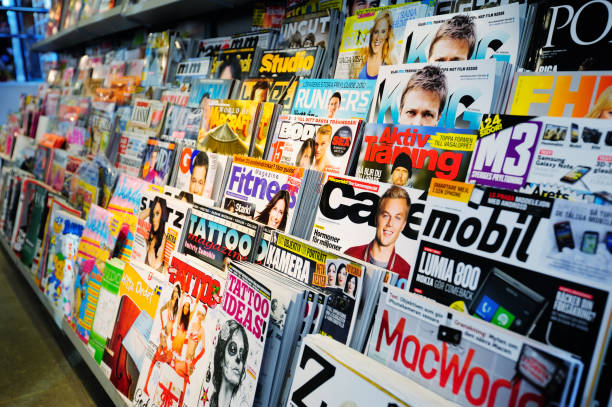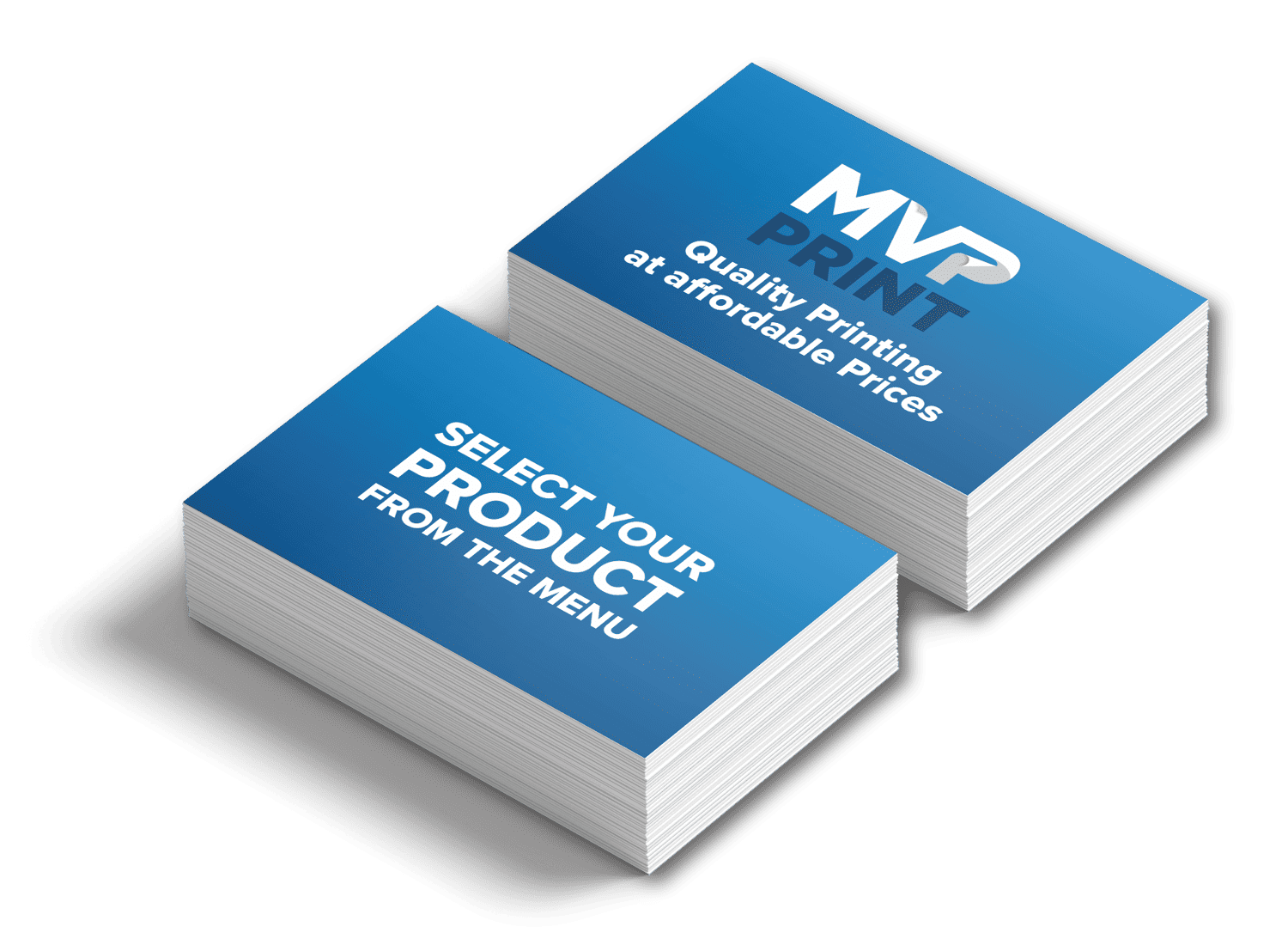
In the Australian photography scene, creating a captivating photo magazine goes beyond just a keen eye for photography. The surge in photography magazines and the need for top-notch publications highlight the importance of having the right tools, with MVP Print offering expert advice to ensure your work is showcased in the Australian photography world. MVP Print stands out, offering premium printing services tailored for designers. They help bring your creative vision to life, ensuring your work is showcased in the Australian photography world.
Designers can choose from a variety of magazine sizes and page counts, from 210mm ×297mm to 240 pages. Whether crafting a seasonal recipe book, a travel review, or a detailed brochure, MVP Print’s services are versatile. They enable you to reach a global audience through channels like Amazon and Ingram. This makes it simpler to disseminate your photo magazine within the photography community.
Understanding Modern Photo Magazine Design Software
Modern photo magazine design software is vital for creating stunning publications. The rise of digital media has boosted the demand for high-quality design software. Designers now use industry-standard applications like Adobe Photoshop, Adobe Illustrator, and Adobe InDesign to craft captivating designs.
A photography journey starts with contemporary shooting techniques. Post-production techniques are key to enhancing images. Exclusive in-depth interviews with professional photographers offer valuable insights into their creative processes. By using these techniques and software, designers can create exceptional photo magazines.
Industry-Standard Design Applications
These applications provide a range of tools and features for complex designs. They cover everything from color management to typography, meeting the needs of professional designers.
Essential Plugin Requirements
Plugins like color management and typography tools are crucial for print-ready designs. They help streamline the workflow, ensuring high-quality designs.
Cloud-Based Design Solutions
Cloud-based design solutions offer flexibility to work from anywhere, at any time. This is beneficial for designers working with international clients or collaborating with team members across different locations.
Creating the Perfect Photo Magazine Layout
To craft a captivating photo magazine layout, designers must focus on several critical elements. These include image resolution, typography, and color management. With the latest tools and offering expert advice from industry leaders, achieving top-notch quality in the digital version is possible. A well-thought-out layout significantly impacts reader engagement and message delivery.
Key tips for achieving the ideal layout include:
- Employing high-resolution images for clarity and detail
- Choosing a typography that is clear and easy to read
- Ensuring consistent and accurate colors through effective color management
- Breaking up large text blocks to enhance readability and reduce intimidation
- Using contrast to improve text legibility and engagement
By adhering to these guidelines and consulting with industry experts, designers can produce an outstanding photo magazine layout. This layout will not only showcase their work but also engage their audience. Whether it’s a digital or print edition, a well-designed layout is essential for capturing attention and delivering the message effectively. With the correct layout, designers can create a magazine that is both visually stunning and easy to navigate, offering immense value to readers.
Creating Engaging Content for Photo Magazine Printing
Creating engaging content for photography magazines requires a deep understanding of the photography industry and the needs of photographers. To captivate your audience, consider incorporating the following elements:
- In-depth Interviews: Conduct exclusive in-depth interviews with industry experts, photographers, and influencers. These interviews provide readers with valuable insights and inspiration, offering a behind-the-scenes look at the creative processes and experiences of leading photographers.
- Exclusive Content: Offer content that can’t be found elsewhere. This could include behind-the-scenes stories, tips, and techniques from renowned photographers. Exclusive content adds value to your magazine and keeps readers coming back for more.
- Photography Journey: Take your readers on a journey by featuring stories of photographers’ experiences, successes, and failures. Sharing these personal stories helps readers connect with the photographers and find inspiration in their own photography journey.
- Post-Production Techniques: Provide tutorials and tips on post-production techniques, including editing software and printing methods. This practical advice helps photographers enhance their images and achieve professional results.
- Contemporary Shooting: Cover contemporary shooting techniques and the latest gear in the industry. Keeping readers informed about the latest trends and equipment ensures they stay ahead in their craft.
- Expert Advice: Offer expert advice from industry experts on various aspects of photography, including technique, equipment, and business practices. This guidance helps photographers improve their skills and navigate the photography industry.
- Ideas and Inspiration: Provide readers with ideas and inspiration for their own photography projects. Tips on composition, lighting, and subject matter can spark creativity and help photographers develop their unique style.
By incorporating these elements, you can create a photography magazine that not only informs but also inspires and engages your readers.
Professional Colour Management Tools for you Photo Magazine
For photographers and designers, having an essential source of accurate color representation is crucial. A weekly newsletter from a reputable photography organization can provide valuable insights and updates on the latest color management tools and techniques. In the realm of print, photography demands precise color calibration to meet desired standards. Professional color management tools are essential for photographers to achieve consistent and accurate colors in their work.
In the context of photo magazines, color management is vital to ensure that colors are accurate and consistent across different devices and platforms. ICC profile management is key, allowing designers to create and manage color profiles for their work. Proofing software solutions also play a critical role in the design process, enabling designers to proof their designs and make necessary adjustments before printing.
Colour Calibration Essentials
Colour calibration is a critical step in the design process, and there are several essential tools and techniques that designers can use to achieve accurate colors. These include color calibration software and hardware, as well as ICC profile management. By using these tools, designers can ensure that their colors are consistent and accurate, resulting in a high-quality print product.
ICC Profile Management
ICC profile management is an important aspect of color management, as it allows designers to create and manage color profiles for their work. This involves creating a profile for each device and platform, ensuring that the colors are accurate and consistent. By using ICC profile management, designers can ensure that their colors are reproduced accurately, regardless of the device or platform being used.
Proofing Software Solutions
Proofing software solutions are an essential tool for designers, allowing them to proof their designs and make necessary adjustments before printing. These solutions provide a range of features, including color management, soft proofing, and hard proofing. By using proofing software solutions, designers can ensure that their designs are print-ready, resulting in a high-quality final product.
Australian Print Standards and Specifications
For designers aiming to print their photo magazine in Australia, grasping the local print standards is essential. These guidelines outline the must-haves for printing, such as paper size, resolution, and color mode, offering expert advice to guarantee top-notch prints. Designers can explore various print formats, from broadsheet to gloss publications, to spark creativity and create visually stunning magazines.
Designers must ensure their magazine meets the set standards when preparing for print. This entails a minimum image resolution of 220 dpi, with 300 dpi at actual size being the preferred standard. The text margin should be 10 mm from the trim edge, and all elements must be in CMYK. For more details on these specifications and other requirements, such as font sizes and line thickness, designers can refer to relevant resources. These resources are a treasure trove of ideas and inspiration for crafting a professional magazine.
Some key specifications to keep in mind include:
- Minimum font size for black text: 12pt at 100% black only
- Recommended resolution for images: 300dpi
- Colour space requirement: CMYK
By adhering to these standards and specifications, designers can produce a high-quality photo magazine. This meets the expectations of their target audience. Those interested in printing their magazine in Australia can find the necessary information to create a professional-looking publication.
The Digital Photo Magazine: A Growing Trend
Digital photography magazines are becoming increasingly popular, offering readers a convenient and accessible way to stay up-to-date with the latest news, trends, and techniques in the photography industry. Here are some benefits of digital photography magazines:
- Convenience: Digital magazines can be accessed anywhere, at any time, making them a convenient option for busy photographers. Whether on a smartphone, tablet, or computer, readers can enjoy their favorite photography content on the go.
- Accessibility: Digital magazines can be easily shared and accessed by readers with disabilities, making them a more inclusive option. Features like adjustable text size and screen reader compatibility enhance the reading experience for all users.
- Environmentally Friendly: Digital magazines reduce the need for paper and ink, making them a more environmentally friendly option. By choosing digital, readers can enjoy their favorite content while minimizing their environmental footprint.
- Cost-Effective: Digital magazines are often cheaper than print magazines, making them a cost-effective option for readers. Subscriptions and single issues are typically more affordable, allowing readers to access high-quality content without breaking the bank.
- Interactive Content: Digital magazines can include interactive content, such as videos, podcasts, and links to websites, making them a more engaging option. This multimedia approach enhances the reader’s experience and provides additional value.
As the photography industry continues to evolve, digital photography magazines offer a modern and dynamic way to stay informed and inspired.
Advanced Photo Magazine Post Production Techniques
Creating a top-notch photo magazine demands meticulous attention and a profound grasp of advanced production methods. In Australia, publications like Art Collector and Australian Photography have established benchmarks for outstanding magazine design. The collaboration between writers and art directors is key to crafting visually captivating content. This content must engage readers and highlight the finest aspects of Australian art and culture.
Optimizing image resolution is paramount in photo magazine production. It ensures all images are of high quality and ready for print, focusing on clarity and detail. Typography best practices are also vital, equipping designers with the means to produce text that is clear and simple to read. With the advent of digital age, layout automation tools have become indispensable. They enable designers to streamline their processes, allowing them to concentrate on the creative aspects of magazine production.
Key Considerations for Photo Magazine Production
- Image resolution optimization for high-quality prints
- Typography best practices for clear and readable text
- Layout automation tools for efficient design and production
In Australia, the need for premium photo magazines is growing, with titles like 032c Magazine and Art Asia Pacific offering distinct views on art, culture, and design. By embracing advanced production techniques and understanding the Australian market, creators can produce remarkable photo magazines. These magazines will showcase the pinnacle of Australian talent and culture, available in both print and digital formats.
Photography Magazine Design Trends and Best Practices
Photography magazine design trends and best practices are constantly evolving, reflecting changes in technology, aesthetics, and reader preferences. Here are some current trends and best practices to consider:
- Clean and Simple Design: A clean and simple design is essential for photography magazines, allowing the images to take center stage. Avoid clutter and focus on creating a visually appealing layout that highlights the photography.
- High-Quality Images: High-quality images are the cornerstone of any photography magazine. Ensure that the images are sharp, well-composed, and properly edited to showcase the best of photography and inspire readers.
- Typography: Typography plays a crucial role in photography magazine design. Choose clear and readable fonts that complement the images and enhance the overall aesthetic. Consistent typography helps communicate information effectively and maintains a professional look.
- Color Palette: A well-chosen color palette can enhance the visual appeal of a photography magazine. Focus on neutral colors that don’t compete with the images, allowing the photography to stand out. Subtle accents can be used to add interest and guide the reader’s eye.
- Digital Version: A digital version of a photography magazine should be designed with a focus on user experience. Ensure easy navigation, interactive content, and social media sharing options to engage readers and enhance their experience. Features like clickable links, embedded videos, and interactive galleries can add value and make the digital version more dynamic.
By following these trends and best practices, you can create a photography magazine that is visually stunning, easy to read, and engaging for your audience.
MVP Print’s Professional Magazine Printing Services
MVP Print delivers top-notch magazine printing services to artists, authors, and collectors globally. Designers can choose from various paper stocks and finishes to create magazines that highlight their work, with MVP Print offering expert advice to ensure a professional presentation. This ensures their creations are presented in the most professional manner.
For exhibitions and showcases, a well-printed magazine is crucial. MVP Print’s services enable designers to select a printing plan that fits their requirements. Whether it’s 100 copies or more, the quality and detail of the final product will impress readers.
Quality Assurance Processes
MVP Print’s quality control measures ensure every magazine meets the highest standards. Each step, from design to final product, is closely monitored. This guarantees a professional finish every time.
Paper Stock Options and Finishing Techniques
MVP Print provides a variety of paper stocks, including gloss, matte, and offset, with weights from 80 gsm to 350 gsm. Finishing options like saddle-stitching and perfect binding are available. These services cater to designers and artists, helping them produce magazines that stand out to readers and collectors.
Conclusion: Taking Your Photo Magazine from Screen to Print
This comprehensive guide has shown you how to take your photo magazine from digital to print. By using the right software, tools, and professional printing services, you can create stunning images and photographs. These will showcase your creativity and engage your community.
Whether you’re a professional photographer or a hobbyist, printing your work in a high-quality photo magazine format is rewarding. It inspires and engages your readers. Ensuring accurate color management and optimizing your layout and typography are crucial for a top-notch final product.
Collaborating with MVP Print’s experienced team makes the printing process smooth. They offer expertise and quality assurance to bring your vision to life. With various paper stocks and finishing techniques, your photo magazine will stand out and make a lasting impression on your audience.
So, what are you waiting for? Transform your images and photographs into a professional, print-ready photo magazine. This will showcase your talent and inspire your community.








